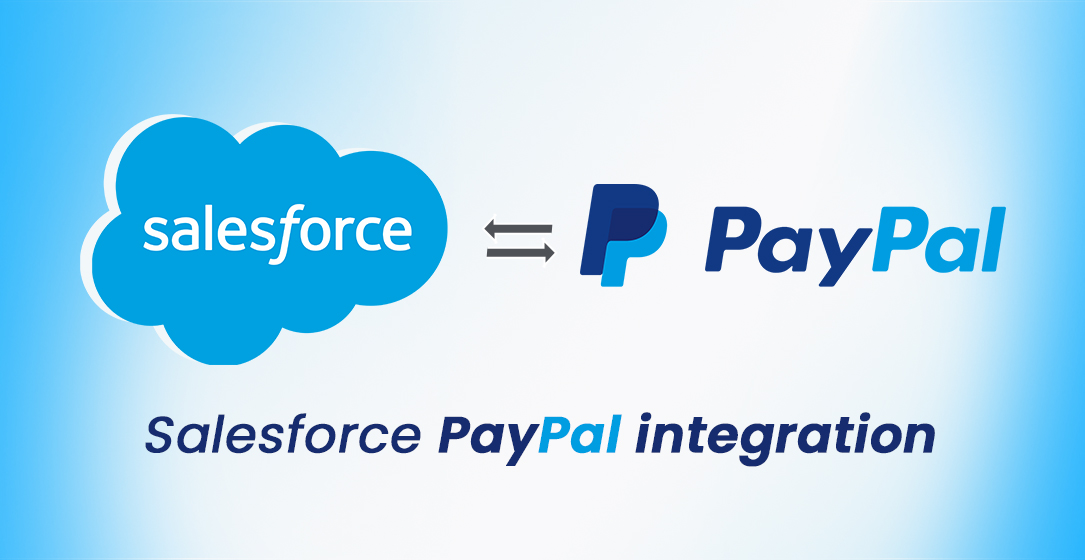May 26, 2023 | SNAK Consultancy
Share on :
Salesforce PayPal integration can help streamline payment

Salesforce PayPal integration can help streamline payment processing and enable a more seamless customer experience. In this blog, we will discuss the benefits of integrating Salesforce with PayPal, the steps involved in the integration, and some best practices.
Benefits of Salesforce PayPal integrations:
1. Streamlined payment processing: Integrating Salesforce with PayPal enables you to process payments more efficiently, reducing manual processes and enabling real-time payment processing.
2. Improved customer experience: With Salesforce PayPal integration, customers can make payments directly through your Salesforce system, eliminating the need to navigate to a separate payment portal.
3. Increased security: By processing payments through PayPal, your customers' payment information is protected by PayPal's secure payment processing system.
4. Access to payment data: Integrating PayPal with Salesforce allows you to gain valuable insights into payment data, such as payment frequency and payment amounts
Steps involved in Salesforce PayPal integration:
1. Create a PayPal business account: If you don't already have a PayPal business account, create one.
2. Connect your PayPal account to Salesforce: Use the Salesforce AppExchange to find and install a PayPal integration app.
3. Configure the integration: Configure the integration to your business needs, setting up payment processing settings and customizing fields to match your Salesforce setup.
4. Test the integration: Use a sandbox environment to test the integration and ensure it is working as expected.
5. Deploy the integration: Once the integration is working correctly in a sandbox environment, deploy it to your production environment.
Best practices for Salesforce PayPal integration:
1. Understand your business needs: Before starting the integration, determine which payment processing features are most important to your business.
2. Customize the integration: Tailor the integration to your business needs by customizing fields and payment processing settings.
3. Test thoroughly: Test the integration thoroughly before deploying it to your production environment to ensure that it works correctly.
4. Train your team: Ensure that your team is trained on how to use the integration and understand the payment processing workflow.
Questionnaire
Ques.1) Does Salesforce integrate with PayPal?
Ans. As a Salesforce Commerce Cloud technology partner, the Paypal cartridge seamlessly brings top class-leading features to the global leaders in eCommerce, which can help increase sales and reduce operating costs.
Ques.2) How do I integrate payment gateway in Salesforce?
Ans. Create a payment gateway record and assign it to a payment method. Then assign the payment method to an account. The required fields and values on a payment gateway record vary based on the information required by the external payment gateway that you're linking to your record.
Ques.3) How do I integrate PayPal as a payment method?
Ans. Optional. Design an optimal checkout flow. Required. Choose the right payment button based on your business requirements. Required. Create a payment button using PayPal's website. Required. Test your payment button integration. Optional. Set up payment notifications
Conclusion
Salesforce PayPal integrations can help streamline payment processing, improve the customer experience, and increase security. By understanding your business needs, customizing the integration, testing thoroughly, and training your team, you can ensure that the integration is reliable and effective. With Salesforce PayPal integration, you can gain valuable insights into payment data, enabling you to make more informed business decisions.